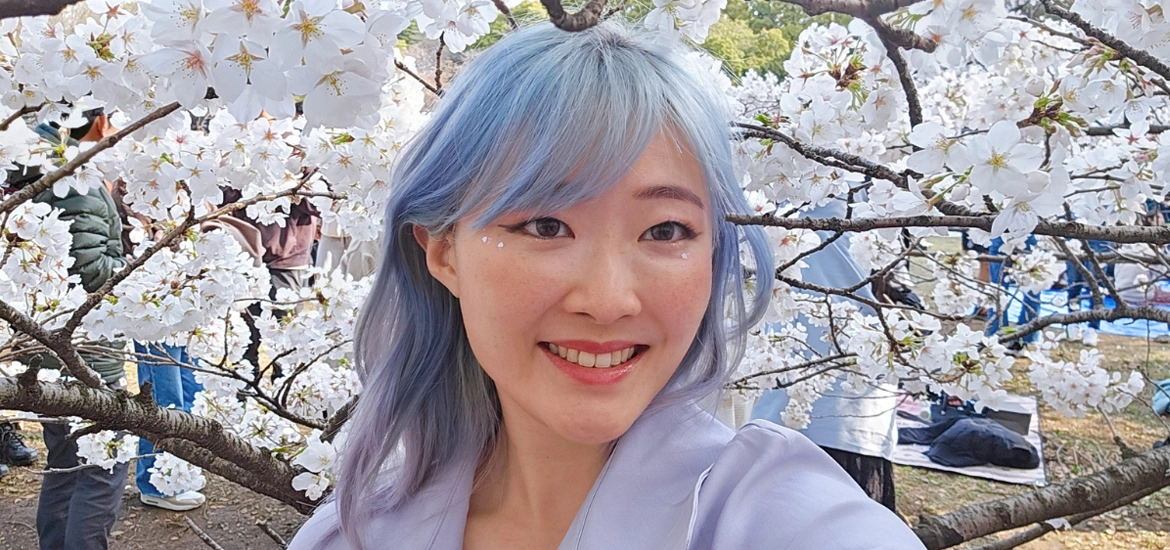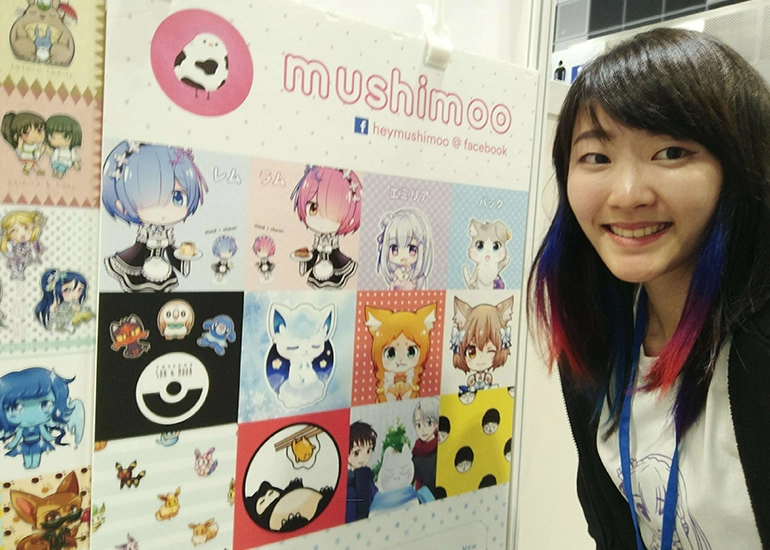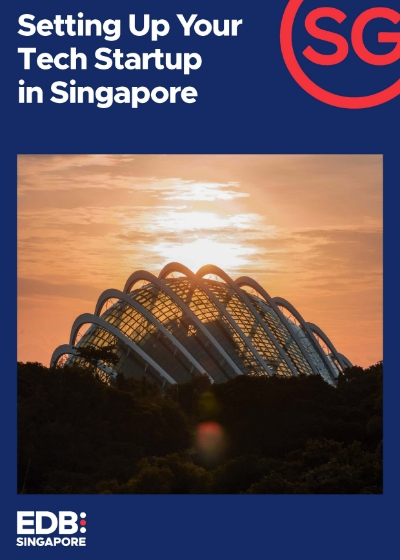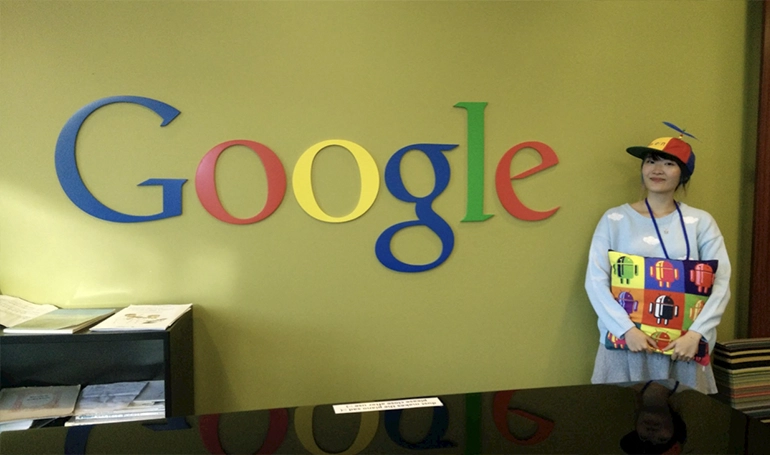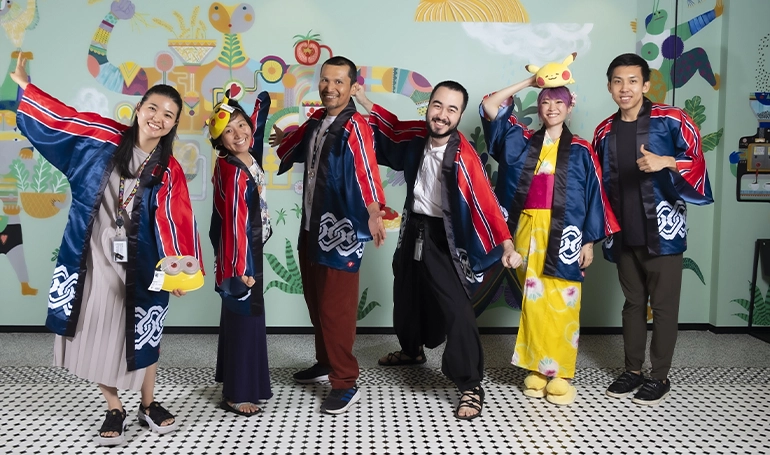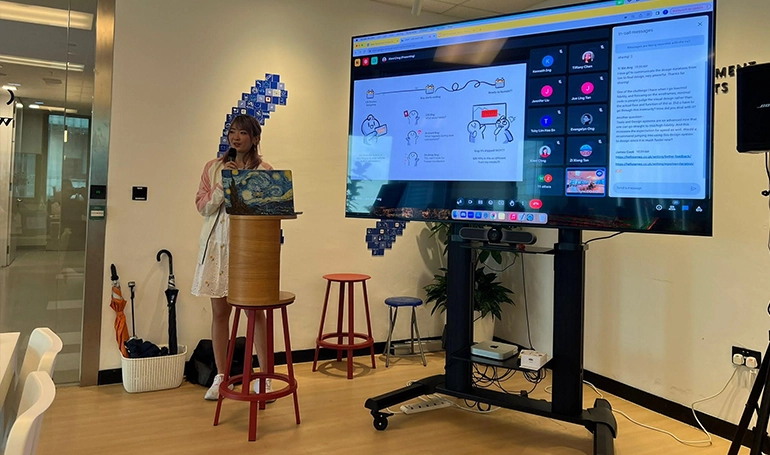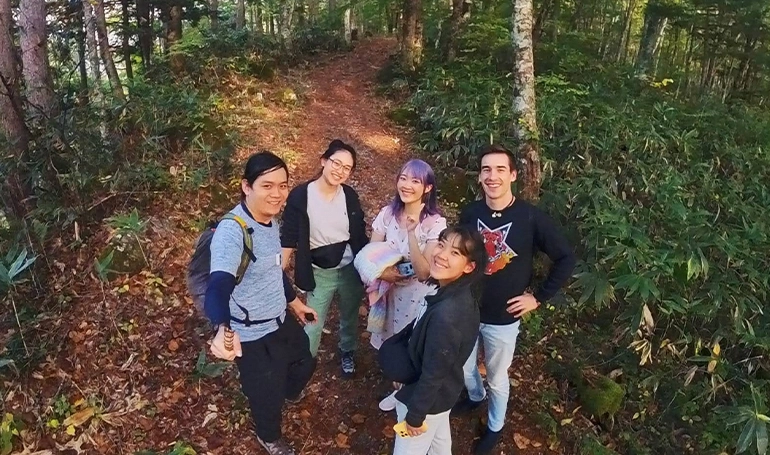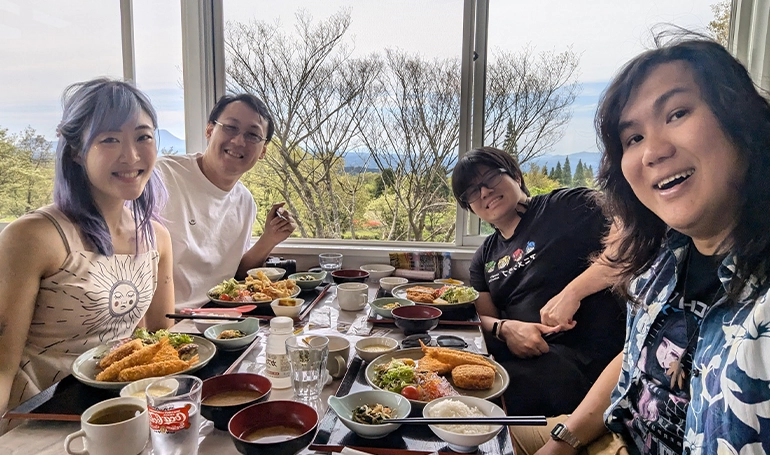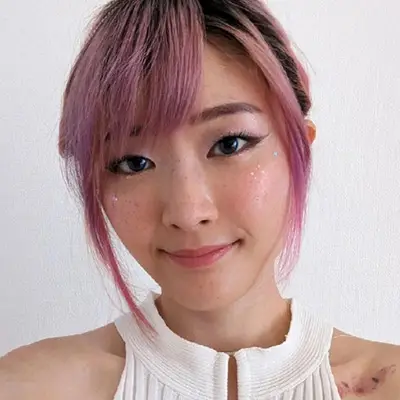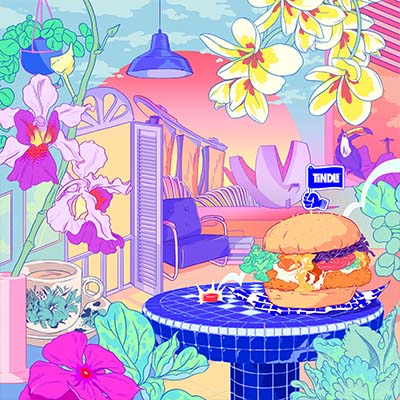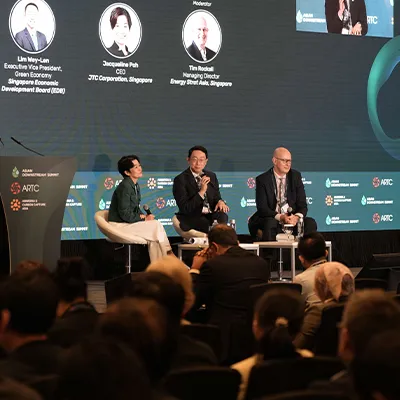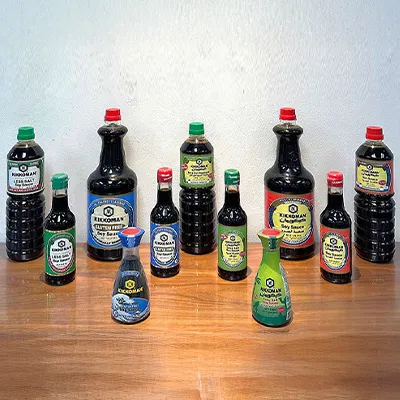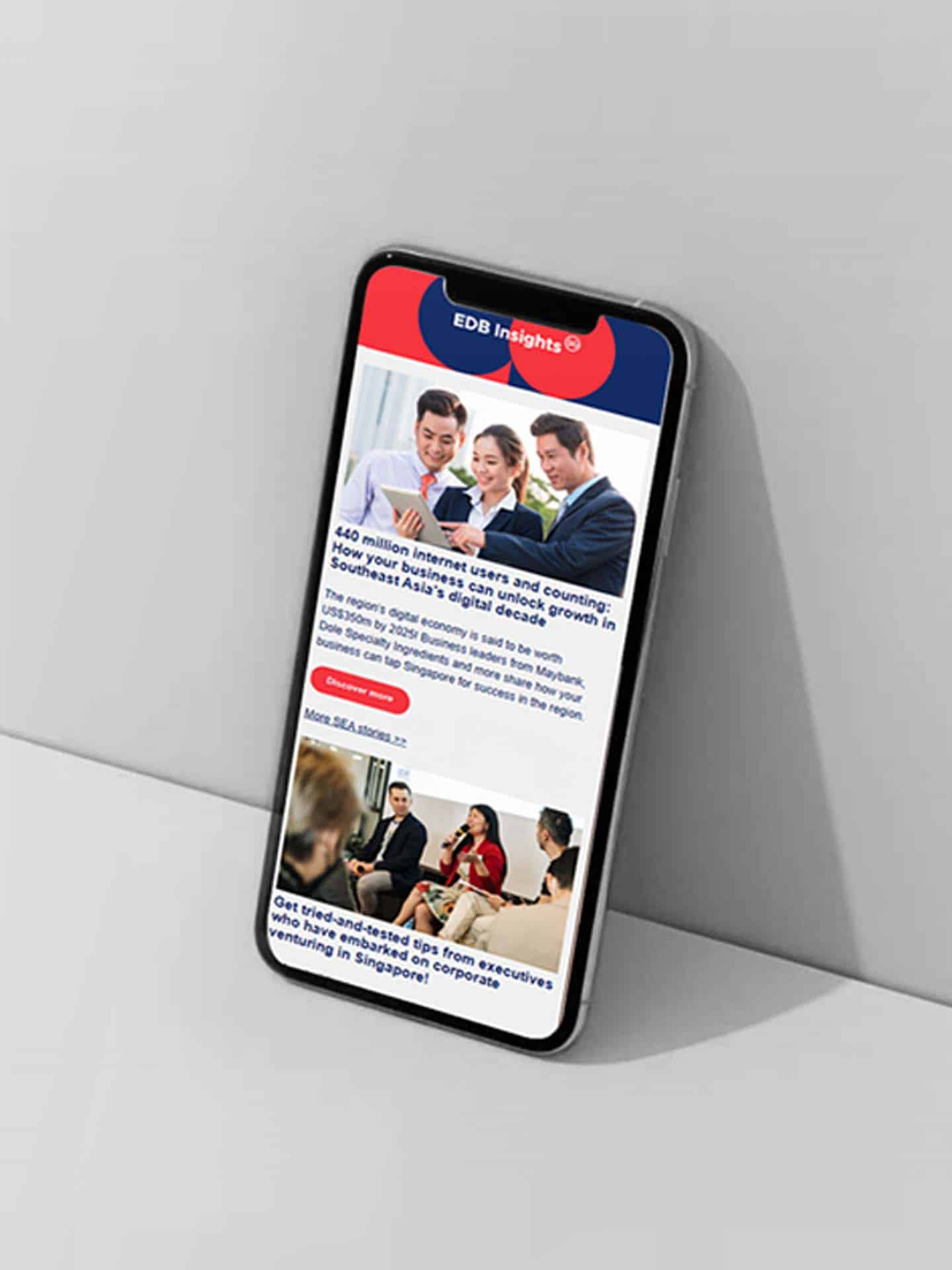Xinni’s strategy paid off, with her body of work landing her a design internship at Google – which she was able to convert into a full-time UX design role, despite not possessing any formal qualifications in the specialisation.
Realising that she was the company’s first Singaporean UX designer, Xinni initially felt lonely.
“I wanted to find others like me – designers who grew up mostly in Singapore, so we could talk about our common background,” she shares.
“I couldn’t find anyone else like me, but luckily, the rest of the intern cohort, most of whom were from the United States, became my community. Some of us remain close friends to this day.”
Her full-time opportunity came about when she was asked to take on a role as the first designer at Google Singapore. However, she felt differently about how she wanted her career trajectory to pan out.
“Because I was just starting out, I decided to head to YouTube in Silicon Valley instead, where there is a large design community, and more mentorship opportunities,” she says.
As a full-time UX designer for Google, Xinni’s work included designing a go-to for web features (which refers to essential features of websites and applications) for YouTube Community.
She was one of the creative minds behind YouTube Messages – a feature which allows users to share videos via direct messages on YouTube – and subscription recommendations, which tailored channel suggestions based on what you watched, searched, and already loved.
Here, she was tasked to hand-code a Javascript browser plugin to generate a simulation of how one would actually receive messages while browsing YouTube. “This ended up helping the engineering team get more accurate insights about this feature,” she shares.
Providing further context on why this was such a significant development, Xinni explains, “Coded prototypes are a rarity within the designer sphere. I always made sure to perform this level of fidelity for all my prototypes, which earned me the respect of my team.”
However, her most popular project at Google, which ended up with thousands of unique viewers, was the world’s first scaled research on how designers and engineers collaborate.
Titled “UX/ENG Collaboration”, the project highlighted the top challenges engineers face when implementing designs, and how they need to account for all cases, including errors and accessibility issues.
Once Google gave her permission to publish the works externally, she delivered several tech talks on the topic, including one at government technology company OpenGov.
She credits her design sensibilities to her peers and colleagues, many of whom have served as sources of inspiration.
“In the Bay Area, I was surrounded by immensely talented designers who inspired me greatly,” she shares. “I would try to incorporate their storytelling approach to my own work.”
She admits to feeling a case of imposter syndrome after wrapping up YouTube Messages. “I didn’t even have a UX design degree and yet here I was with a full-time role at Google,” she shares.
“But somehow, I did it anyway. I made it happen. As long as my team supports me, I can make magic happen.”
Xinni’s background, which makes her fluent in both coding and design, has earned her considerable respect from the engineers in her team.
“As someone with a Computer Science background, I understand firsthand how long it takes to code something – usually double the time for design, she explains. “This makes discussions and negotiations with engineers much easier for all, because I can speak their language.”
After being promoted to senior UX designer at Google, she spearheaded several groundbreaking design projects.
Among these are: YouTube Gaming, a then-major YouTube vertical offering gameplay livestreams that boasted billions of yearly watch hours; Android Premium Singapore, which involved building a physical “mini Android store” within the Google office; GPay Japan; and Google Travel Japan, a feature offering beauty, wellness, and lifestyle recommendations to Japanese users.
And given how gaming is an integral component of Xinni’s life, she found herself having to walk a delicate line between making decisions based on what her team (most of whom were serious gamers) would love, and what their wider audience needed.
“I love gaming so much, and so do most of my teammates. And because gaming is a topic we are all so passionate about, and each of us brings strong opinions to the table when it comes to gaming, it was challenging to stay objective, at times,” she admits.
“However, because of the extensive user research we undertook, we needed to make data-driven decisions that would benefit all. After all, we were not just designing for ourselves. As a result, staying objective in situations like this is really important.”
Starting a new chapter in Tokyo
